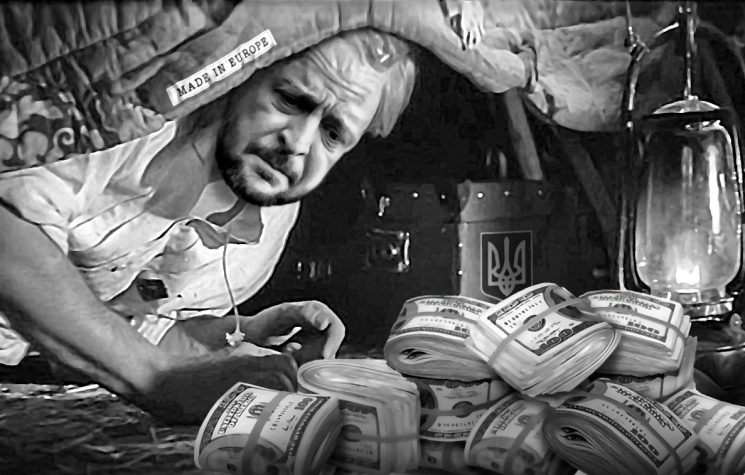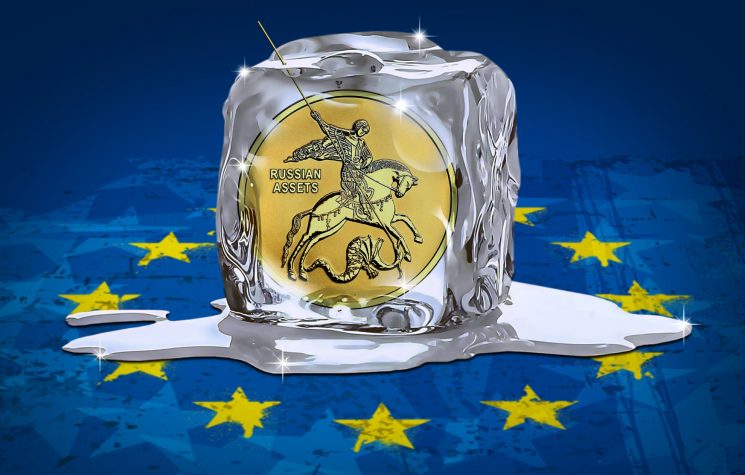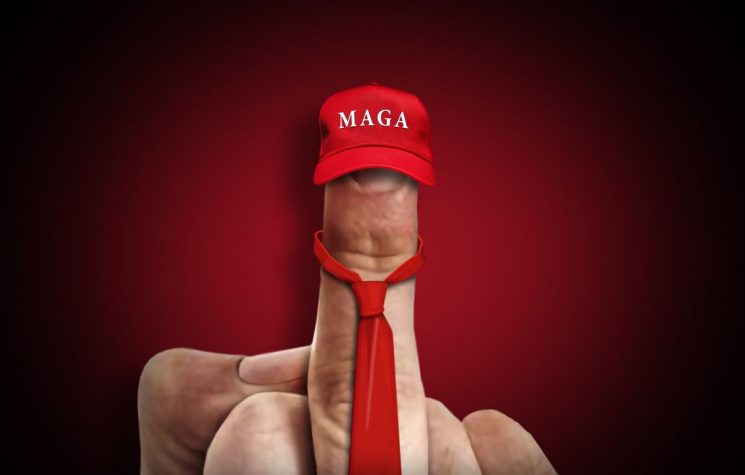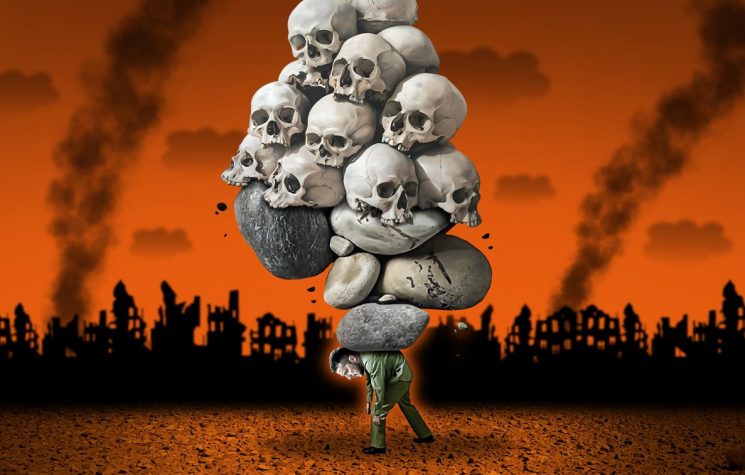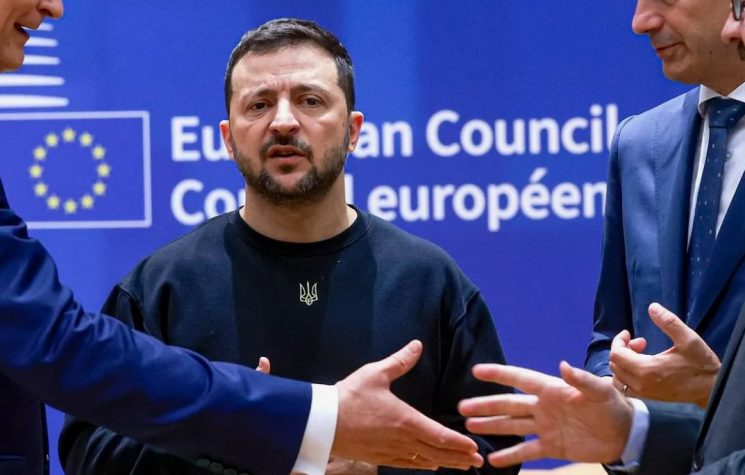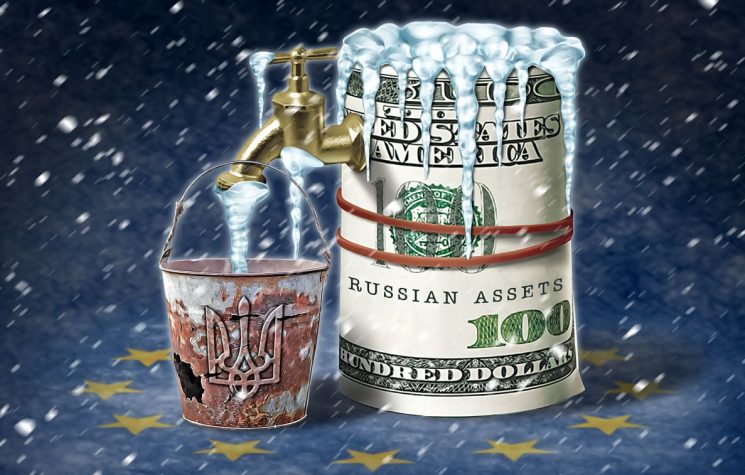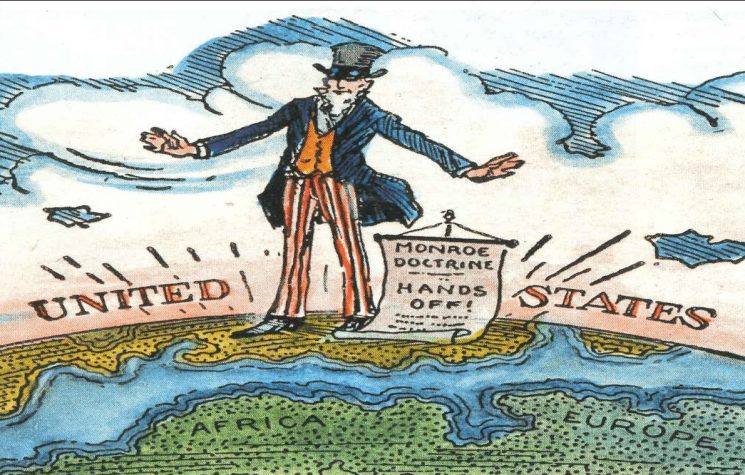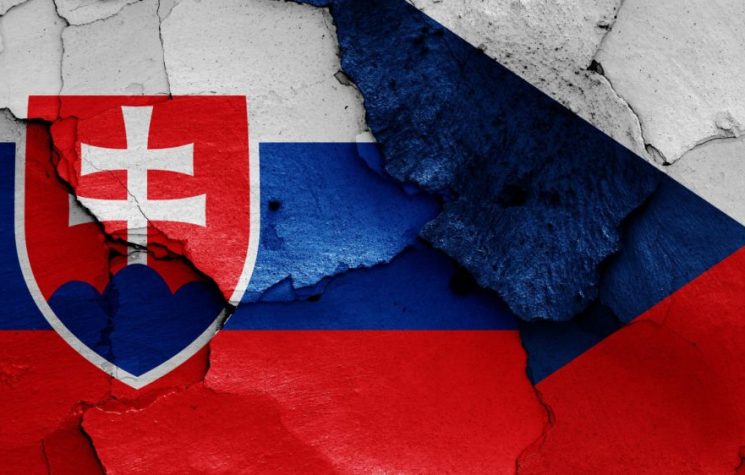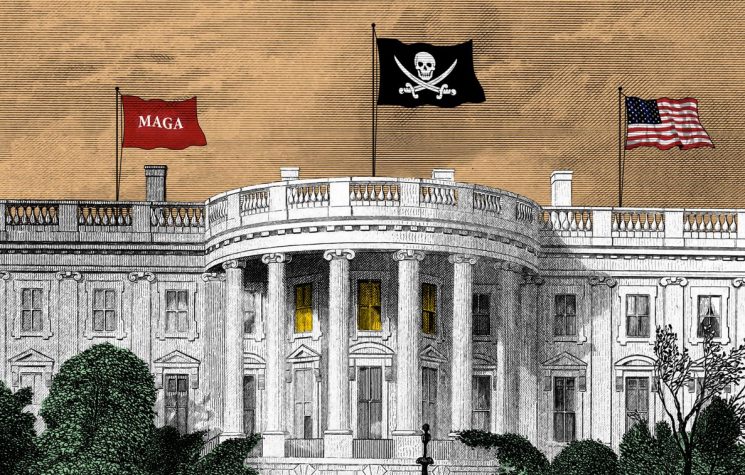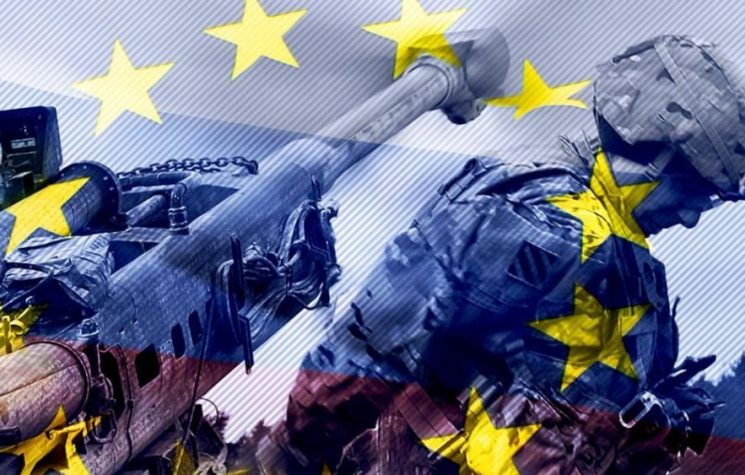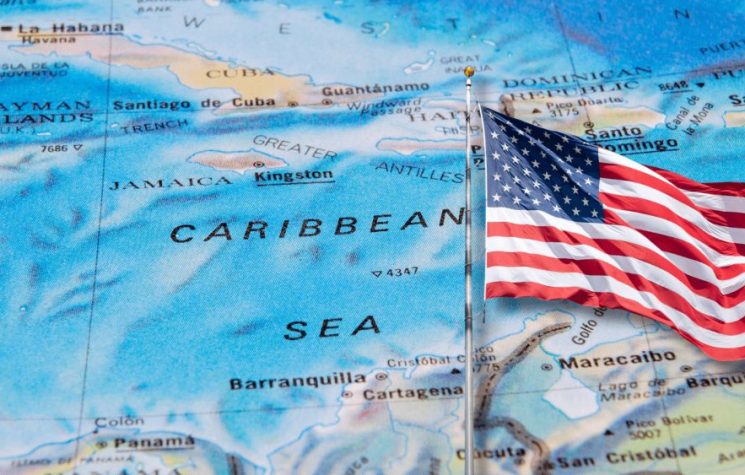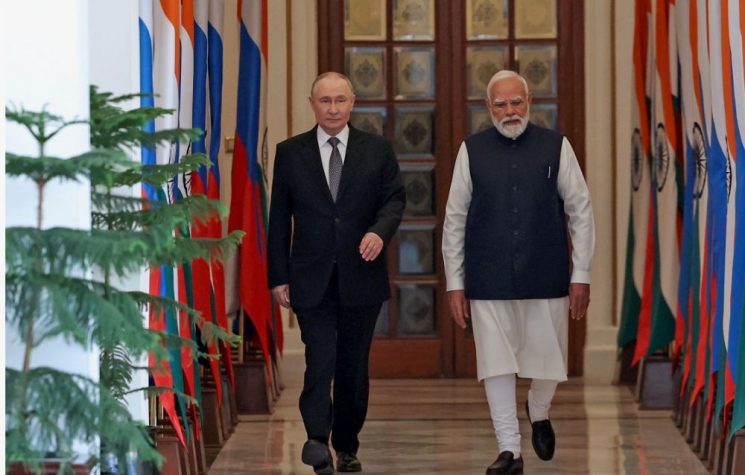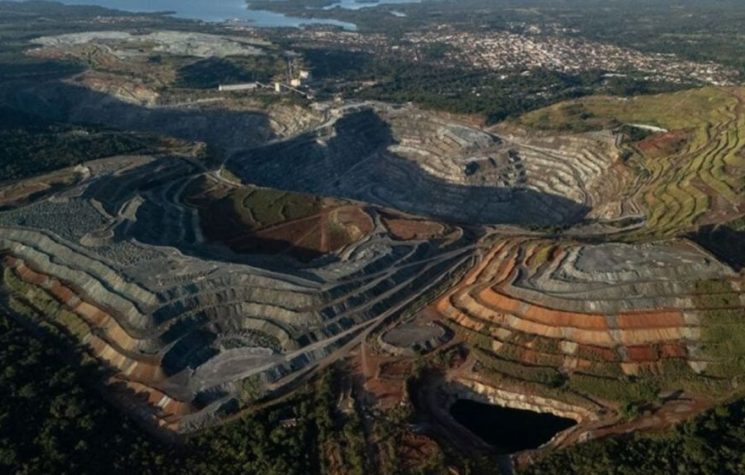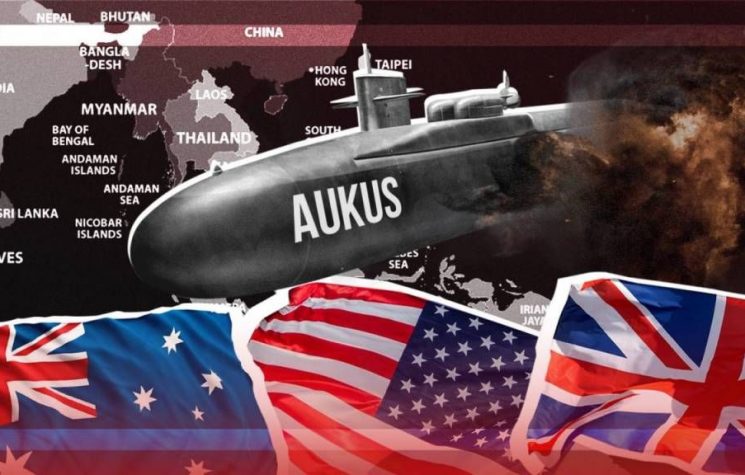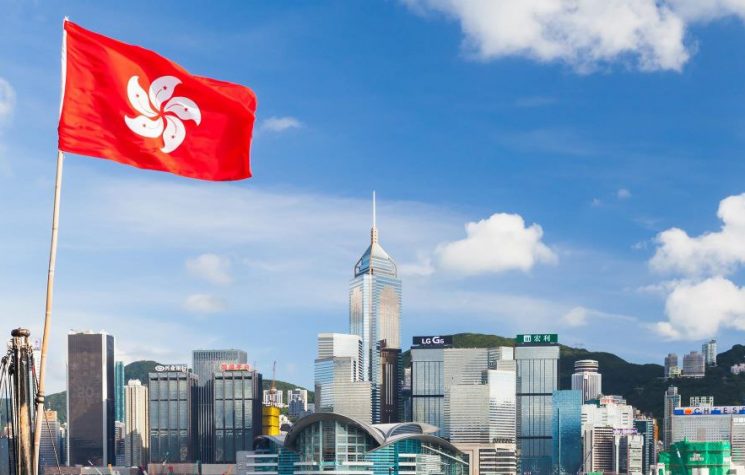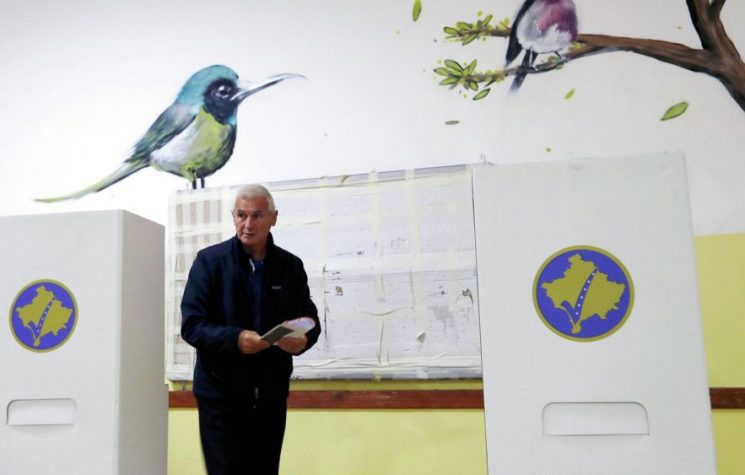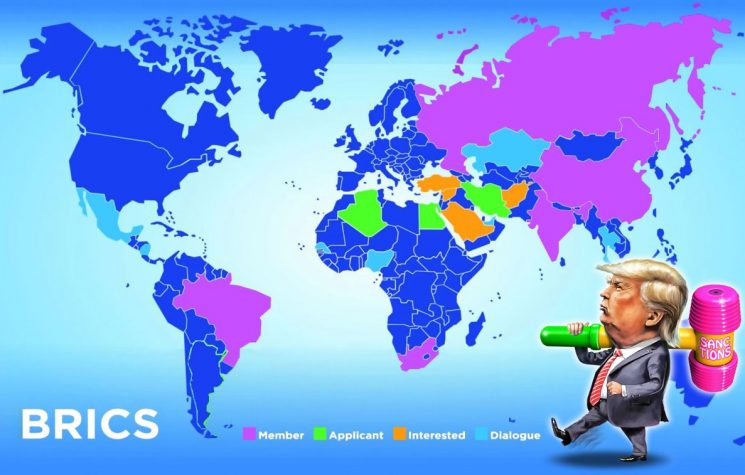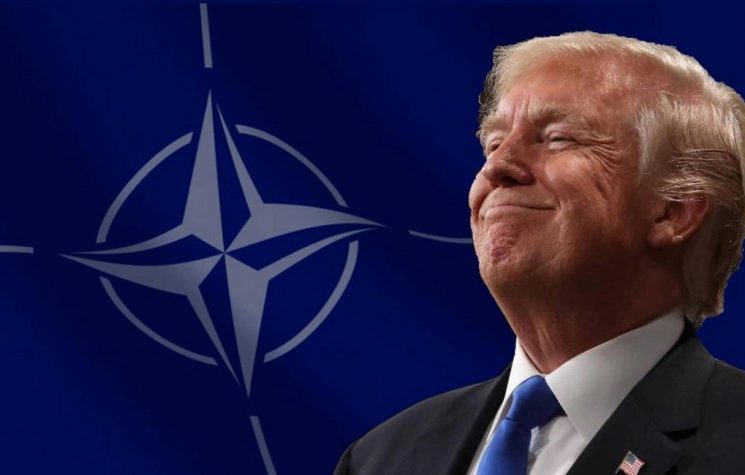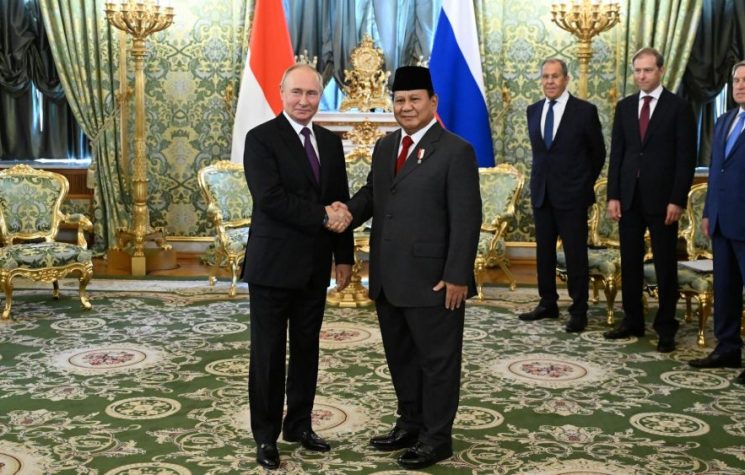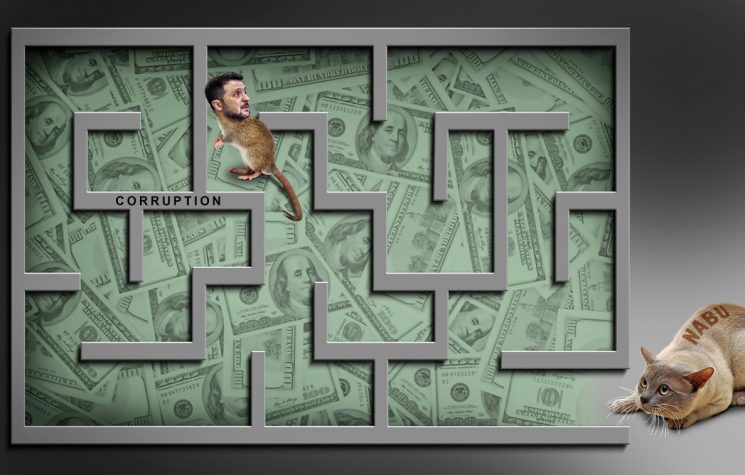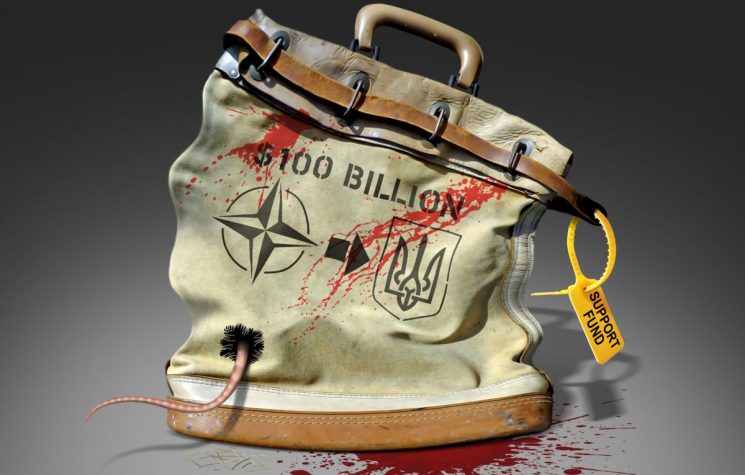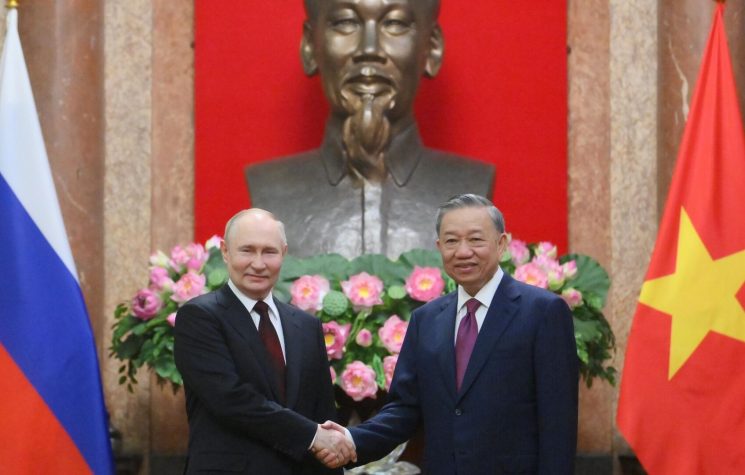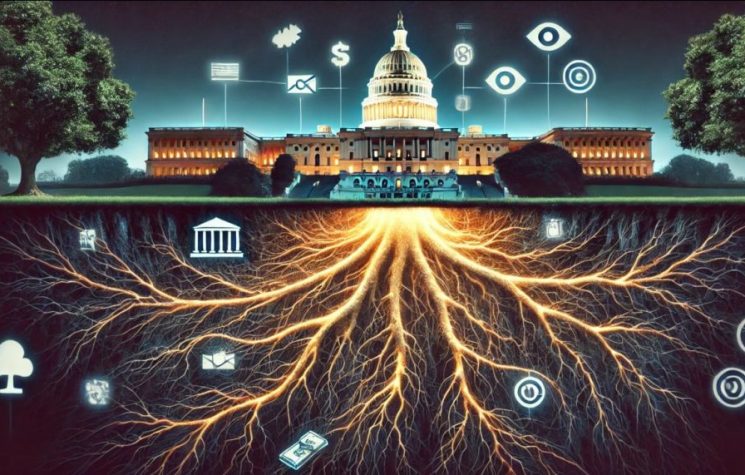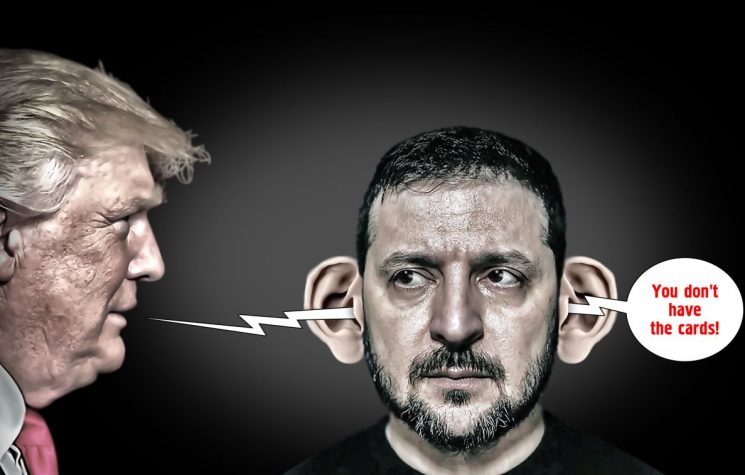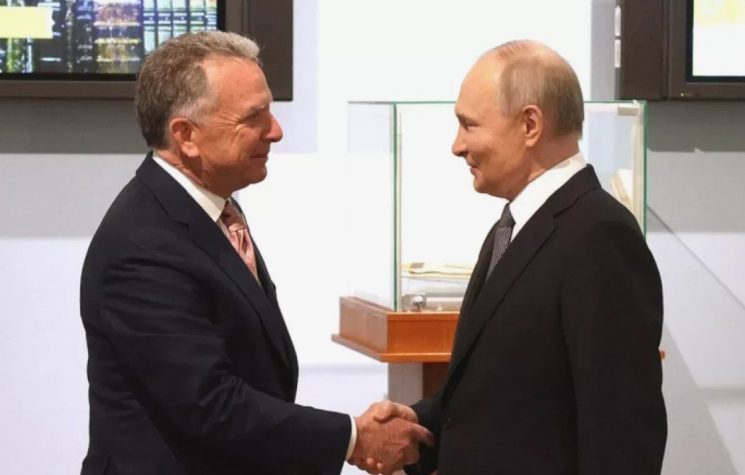Ian Proud proposes that Russia gives up its $300bn in frozen assets to Ukraine in return for Ukrainian recognition of its claims on lands that Russia has incorporated.
Contact us: info@strategic-culture.su
If you were worried that 2024 hadn’t been bizarre and unpredictable enough, Donald Trump recently suggested that the U.S. might buy Greenland in a ‘large real estate deal’. This follows an earlier statement that he wanted the U.S. to reclaim control of the Panama Canal and make Canada the 51st state.
None of these ideas seem likely to gain ground. The incoming U.S. president appears to enjoy baiting Canada’s embattled prime minister, Justin Trudeau. Both the Panamanian and Danish governments responded angrily to Trump’s nods in their territorial direction. But Trump’s statements were intended for effect. They may also offer a way forward in Ukraine, through a deal for Russia to buy occupied territory.
While Trump may be talking with specifically American interests in mind, he has inadvertently opened up a much wider debate about borders.
Since 1945, almost all border changes that have taken place have emerged out of the collapse of empire as new states were formed and recognised by the UN. In that regard, the UN charter has proved remarkably resilient in maintaining a global status quo, with all its imperfections.
The first Gulf War in 1991 emerged out of a need to respond to Iraq’s invasion of oil-rich Kuwait. At that time, Kuwait represented by some margin the largest post-War attempt by another country to seize land from a neighbour by force.
The U.S. is not about to go to war to gain territory and couldn’t afford it anyway. Canada’s economy is valued at $2.2trn annually and an entirely hypothetical purchase of that country would nudge the U.S. closer to the point where its national debt was unsustainable. Greenland boasts an enormous wealth of natural resources including oil, gas and rare minerals, key to the production of everything from electric cars to cell-phones. But, again, at what cost?
Clearly, Chinese influence is one factor in Trump’s posturing around Greenland and Panama in particular. And his statements are not historically unprecedented. The U.S. has bought territory from other states before, most notably the purchase of Alaska from Russia.
But, modern day borders are largely a construct of the post-World War II settlement. Whether they make sense in ethnic or economic terms is secondary to the fact that they have provided for a certain level of stability in global affairs since the signing of the UN Charter in June 1945. Throwing the nations of the world open to the highest bidder threatens to unpick the delicate and imperfect threads of that world order with potentially disastrous consequences.
However, with team Trump looking for ideas to end the war in Ukraine, it does raise the question about whether Russia might give up its frozen assets in a grand deal to buy that lands that it has incorporated.
The issue of the frozen $300bn in Russian assets refuses to go away. U.S. and European figures continue to explore ever more creative ways to seize these assets. However, the illegal theft of assets exposes the west’s financial system to significant risk as investors in the developing world move their assets to safer jurisdictions, including within BRICS. Recognition grows that the $50bn G7 loan package agreed in June is a large debt trap for Ukraine itself, as I have said consistently.
And, as I have also said, Russia will expect its frozen assets to be unfrozen when the war ends; expropriating these assets actively disincentivises Russia from ending the war, as it continues to win on the battlefield.
With pressure from the west unlikely to soften and with Russia’s legal position not likely to change, the frozen assets question arguably represents the biggest obstacle to a peace deal.
New ideas are needed.
I propose that Russia gives up its $300bn in frozen assets to Ukraine in return for Ukrainian recognition of its claims on lands that Russia has incorporated. As part of this, Ukraine would renounce its NATO aspiration but receive security guarantees from an international coalition of countries, including in the developing world.
Zelensky has made noises recently about making territorial concessions as part of a future peace plan, although he may be seeking a trojan horse to secure NATO membership which remains off the table. He has certainly accepted that Ukraine cannot retake Crimea by force.
For Russia, $300bn represents a vast cost, but in fact constitutes less than 50% of its current international reserves. Ending the war would allow Russia to walk away with its claims on land incorporated during the war legally decided. It would allow the slow process of normalisation of relations with Ukraine to begin.
For Ukraine, $300bn in frozen assets would go a huge way to funding reparation of immense damage to its cities and critical infrastructure since war started valued at around $500bn. It would also support rebuilding Ukraine’s economy and progressing long frozen efforts at reforms around corruption, human rights and democratic freedoms. An end to the war would allow Ukraine to reduce its colossal defence spending return to a more normal fiscal framework and end its dependence on foreign aid to pay nurses and civil servants.
For western powers, a deal on territory between Russia and Ukraine would also remove a contingent liability to continue to fund a war that Ukraine is slowly losing on the battlefield. There is no plan in place to continue to fund the Ukrainian state after the end of 2025, when the $50bn G7 loan package will likely run out. The U.S. and Europe will therefore be on the hook to pay for a war that ran on into 2026.
All sides could walk away from this deal claiming victory of sorts. For Russia that would be certainty that western powers didn’t return at a later time to help a rearmed Ukraine fight over land it had lost. Ukraine would walk away with its sovereignty and freedom and be able to join the EU, if it still wished. Taking all the risks into account, this could be the real estate deal of the century.










